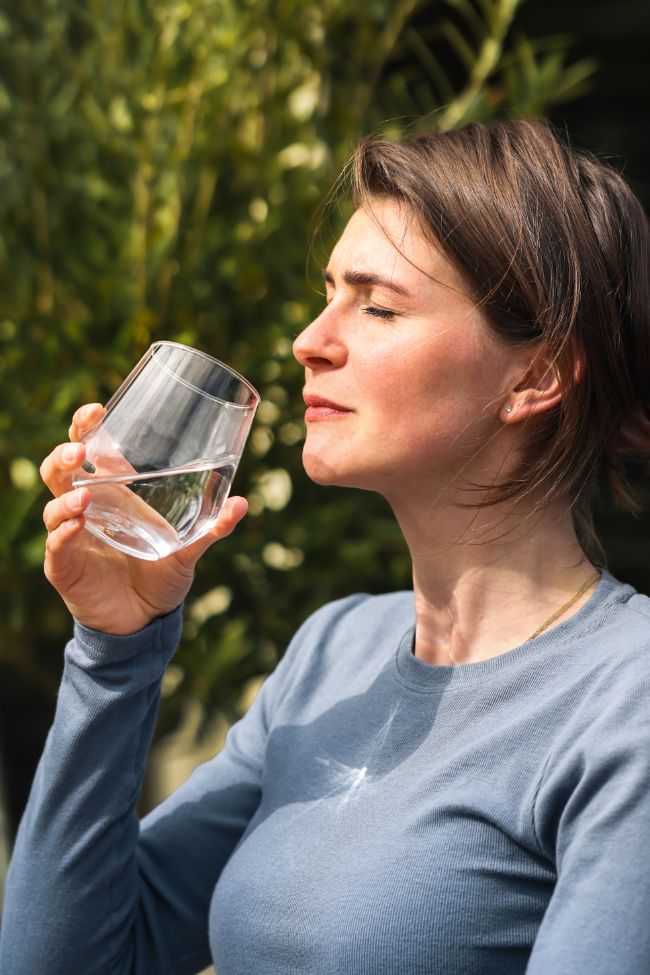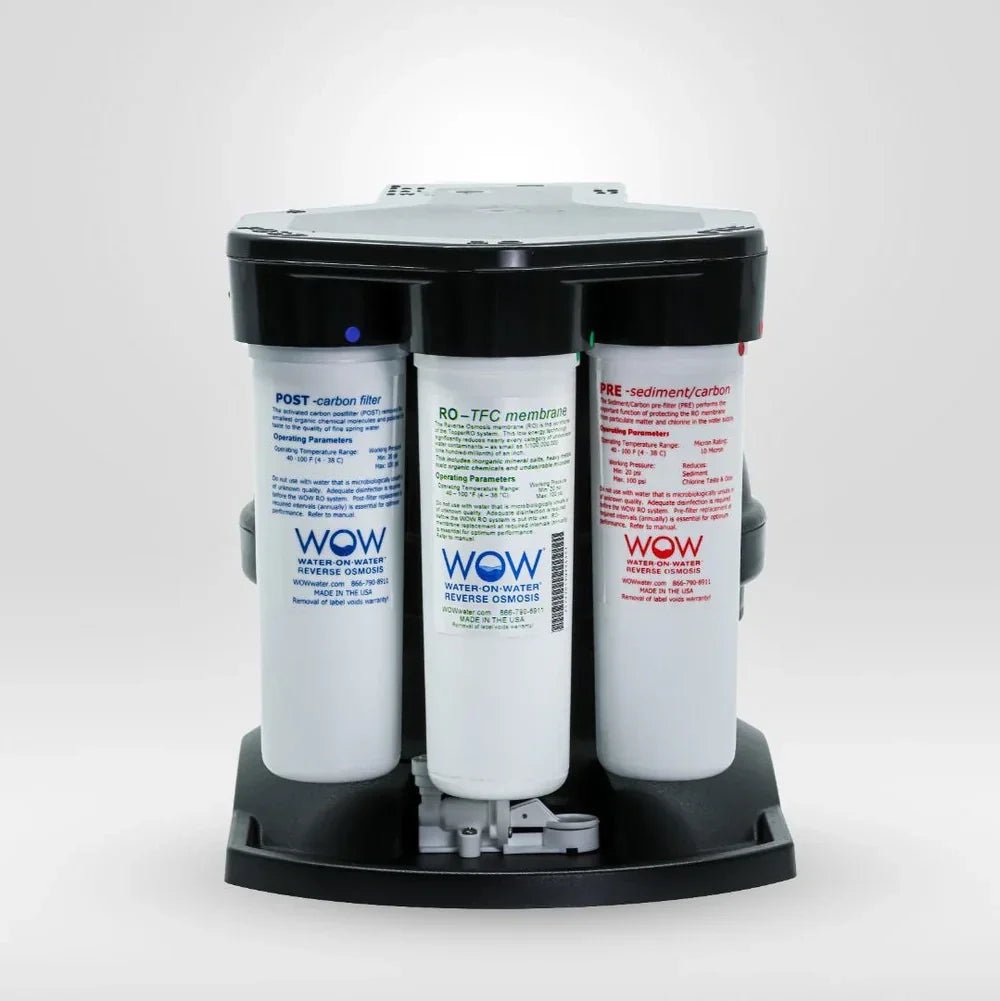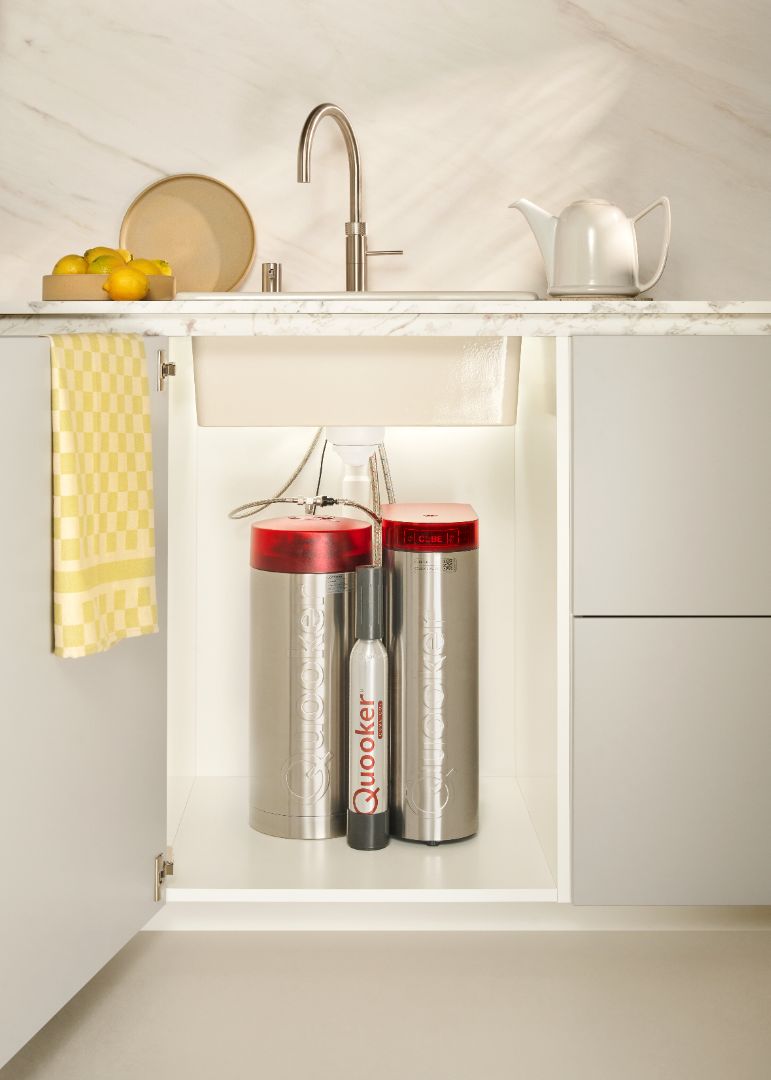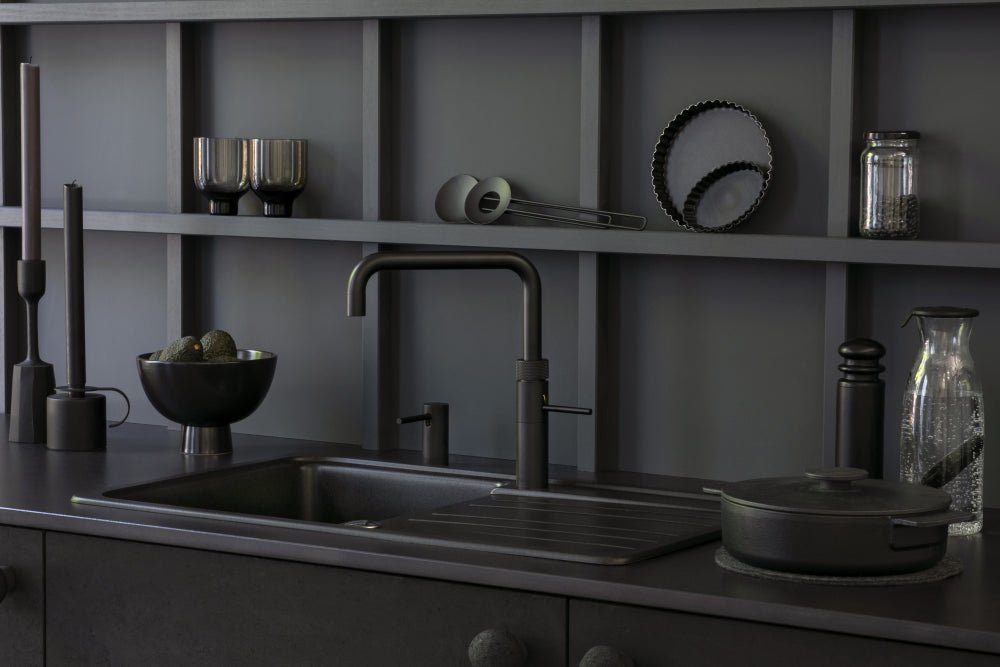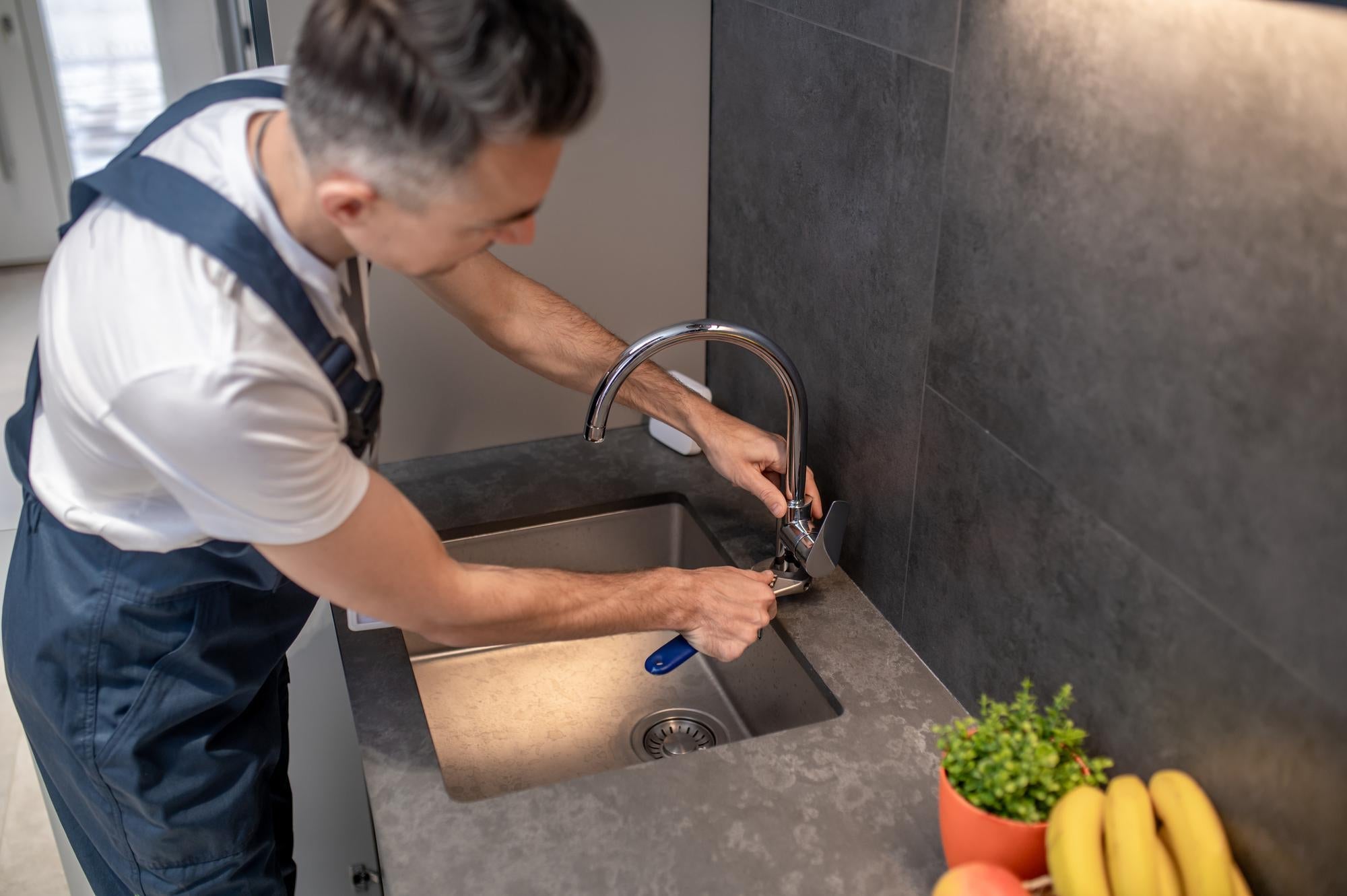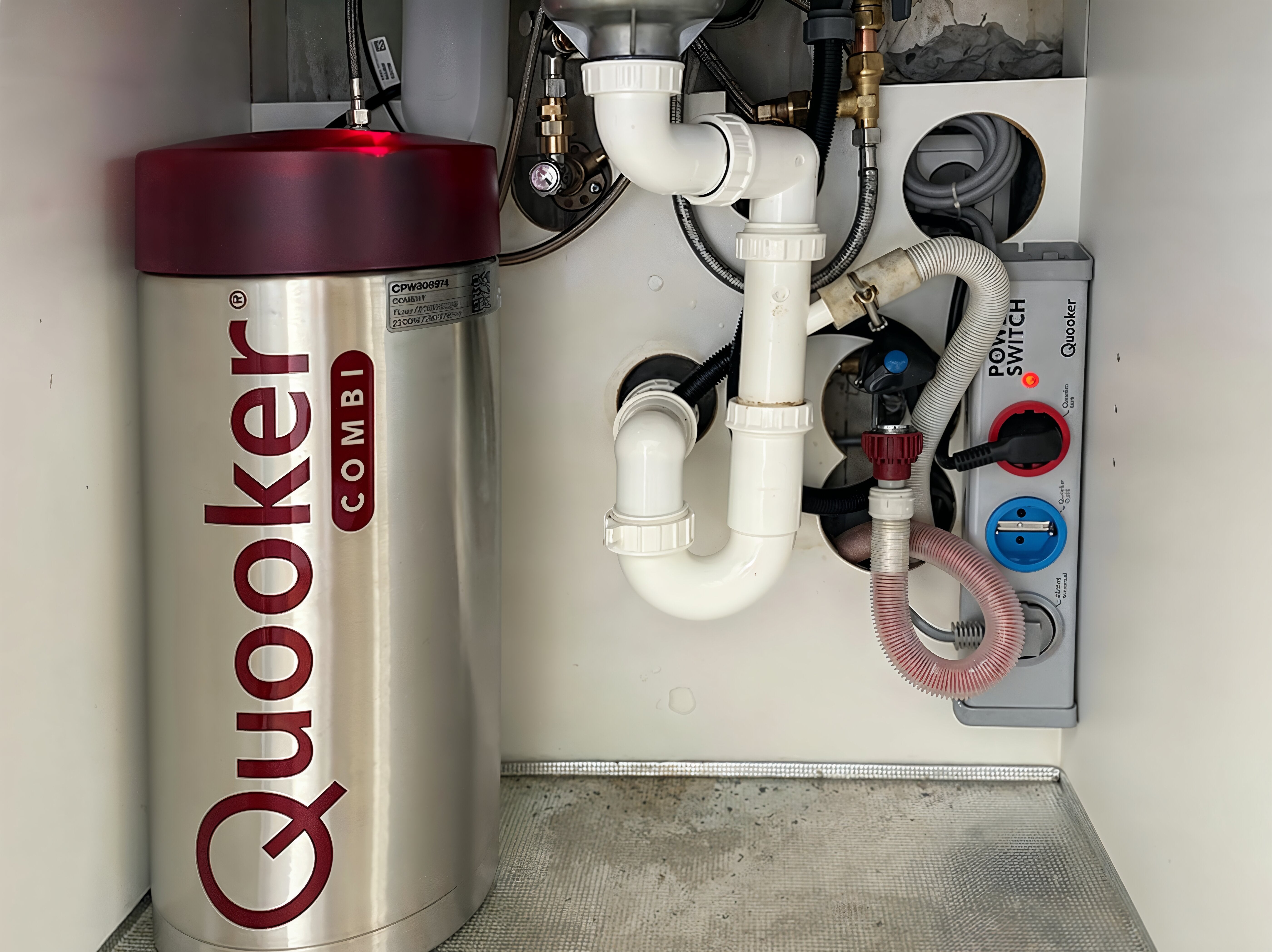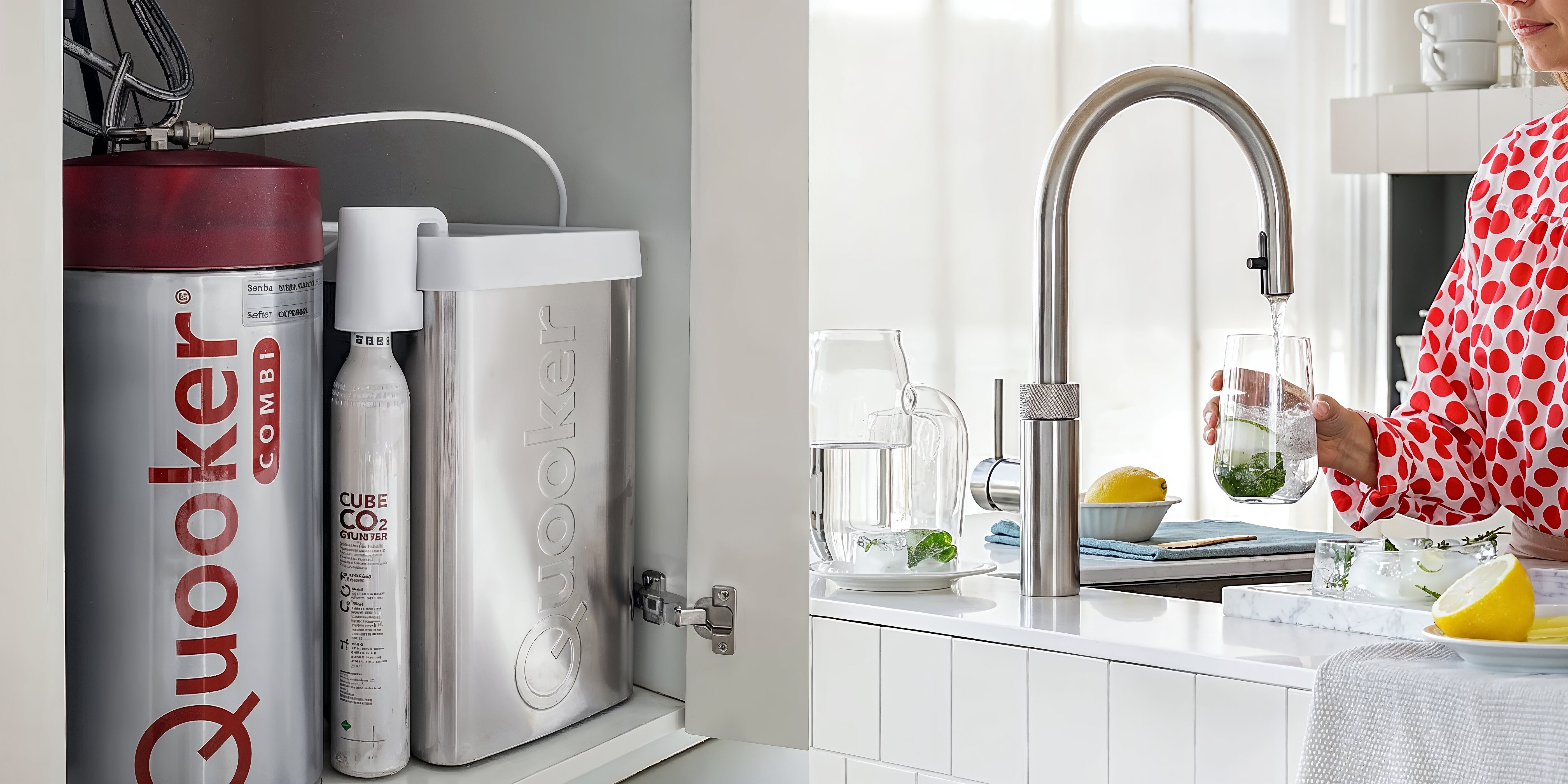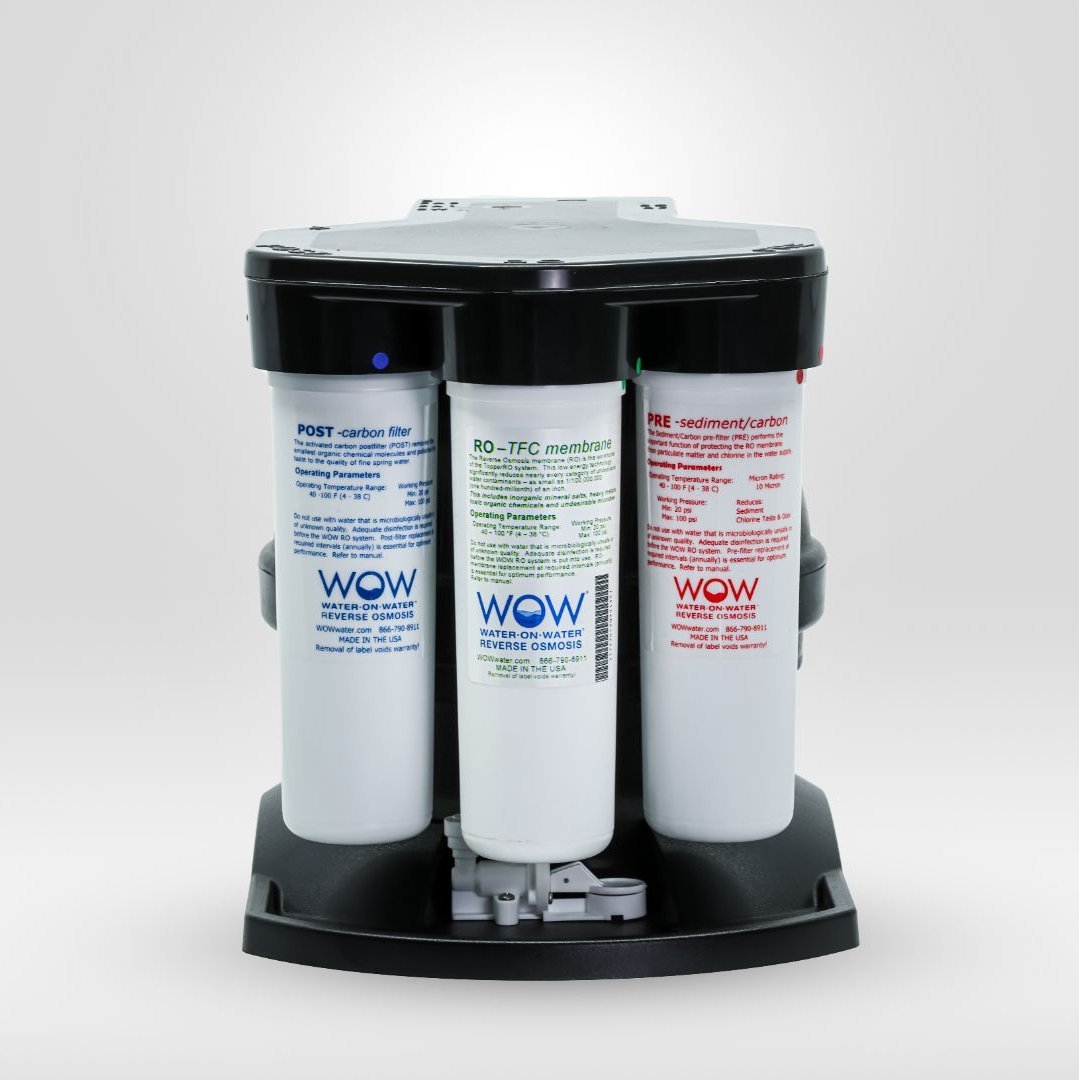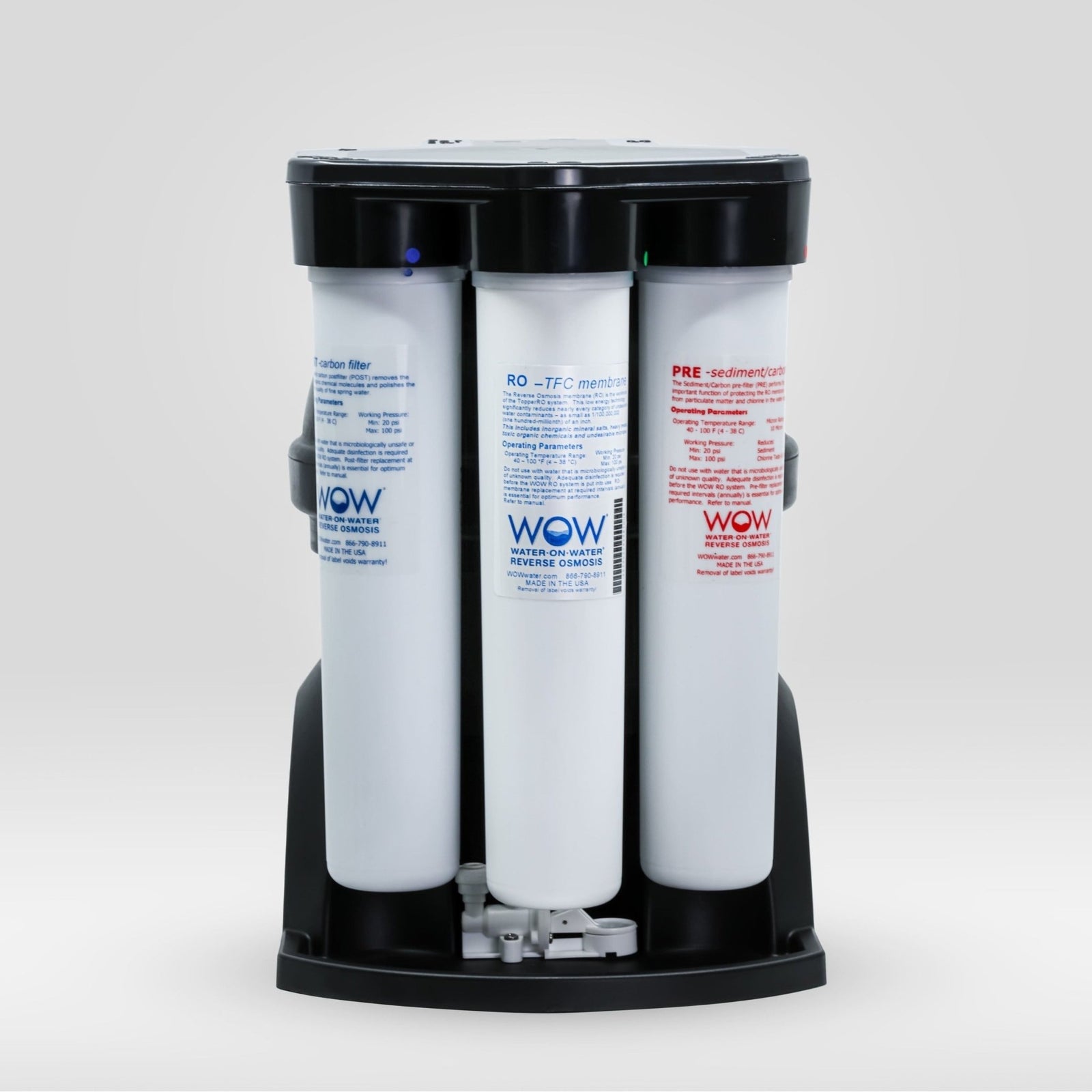Reverse osmosis water treatment systems produce not only purified drinking water but also wastewater. The amount of wastewater typically varies between 1 and 4 liters per liter of drinking water produced, depending on various factors. However, modern systems like The Source from PureAqua are designed to produce up to 500% less wastewater than traditional systems thanks to innovative technology. In this article, we discuss the factors that influence wastewater production and how it can be minimized.
What are the factors that influence the amount of wastewater?
The wastewater output of a water treatment system using reverse osmosis is determined by several factors. One of the most important is the water pressure in the system. At higher water pressure, the water can be forced through the membrane more efficiently, resulting in less wastewater. Systems that operate with traditional air pressure often have a less favorable ratio of treated water to wastewater.
The quality of the membrane also plays a crucial role. High-quality membranes, such as those used in IAMPO NSF/ANSI 58-certified systems, can filter more efficiently and therefore reduce the amount of wastewater. As membranes age, their efficiency decreases, producing more wastewater.
Water temperature also affects the osmosis process. At lower temperatures, the water becomes thicker (higher viscosity), making it harder for it to pass through the membrane and producing more wastewater. Therefore, a water treatment system can produce more wastewater in winter than in summer.
Finally, the incoming water quality is crucial. Water with a high dissolved solids content (TDS) or a lot of sediment requires more backwash water to keep the membrane clean, resulting in more wastewater.
How can you reduce the wastewater from a water purifier?
There are several effective ways to reduce the amount of wastewater from your water filter system . One of the most impactful solutions is to choose a modern system with a patented zero-back-pressure design, such as The Source. This type of system produces up to 500% less wastewater than conventional reverse osmosis systems.
Regularly replacing filters also contributes to a more efficient system. Clogged filters increase resistance in the system, which leads to more wastewater. We recommend replacing filters annually to ensure optimal performance.
- Install a water pressure booster if the pressure in your pipes is low
- Ensure the correct water temperature (ideally between 20-25°C)
- Use a pre-filter to remove sediment
- Consider a wastewater recycling system
Reusing wastewater is another effective method. Although the water isn't suitable for drinking, it can be used for watering plants, washing your car, or flushing the toilet.
What are the environmental implications of reverse osmosis wastewater?
The environmental impact of wastewater from reverse osmosis systems deserves consideration when choosing a water treatment system. The most significant environmental impact is water consumption. Traditional systems can waste up to 4 liters of water for every liter of water treated, significantly impacting a household's water footprint.
Wastewater contains a higher concentration of minerals and impurities than the incoming water. While these substances are usually not harmful to the environment, the increased concentration can, in some cases, impact local ecosystems if discharged in large quantities.
Compared to other water purification methods like distillation, reverse osmosis is relatively energy-efficient. Modern, powerless systems like The Source use no electricity and produce significantly less wastewater, further reducing their environmental footprint.
At PureAqua, we strive for sustainable solutions. That's why we've chosen systems that waste up to 500% less water and use no electricity. This way, you can enjoy pure water with minimal impact on the environment.
By choosing a water-efficient reverse osmosis system and reusing wastewater where possible, you can enjoy the benefits of purified water while minimizing your environmental impact.
